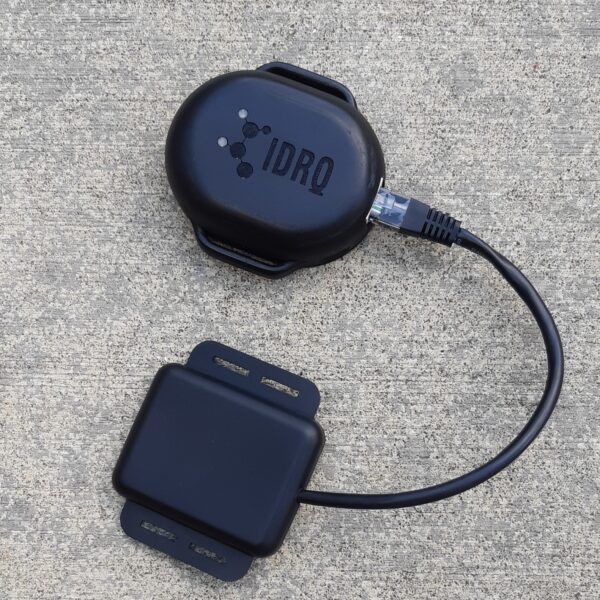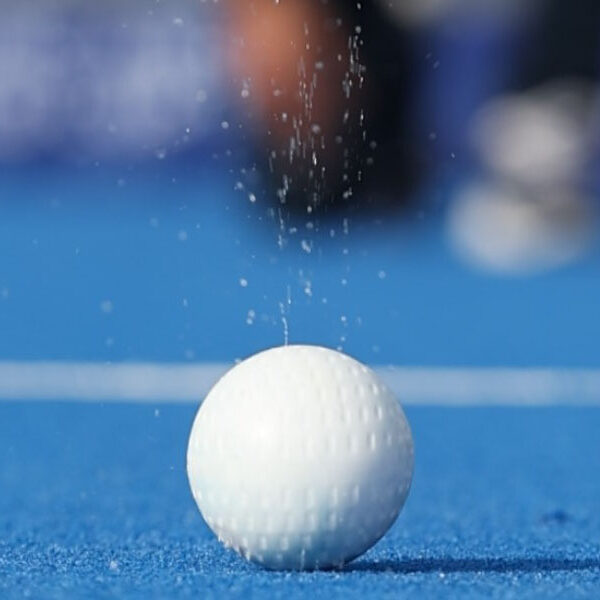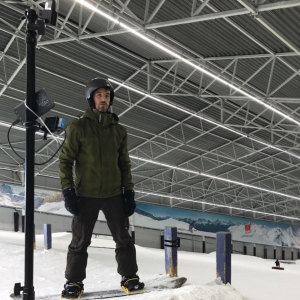The Use of Non-invasive and Real-time Sweat Lactate Measurements in Sports

This project tries to answer the questions: what can be done with sweat lactate values from non-invasive wearable techin sports practice, how valid are the measurements and how can the IDRO sensor and related app be further developed into a valuable product for consumers?
The results of this project will be used to delineate the scope of the sensor, test its practical usability and determine the ideal placement on the body. It will also be relevant for determining further development of the sensor (hardware) and app, the latter displaying the results of the key insights on the screen (software and algorithms).
The finished sensor and app can then be used for determining training intensity and tracking and adjusting training load.
Defining a personalized training program for athletes often remains a challenge as it’s frequently based on indirect measurements. In that sense, the dynamic monitoring of lactate is crucial for athletes and coaches in optimizing individual training programs.
However, standard lactate measurement is invasive and non-continuous. Also, there’s a need for someone to handle the blood sampler.
Therefore, the main goal of this university-industry project is to demonstrate the applicability of non-invasive and real-time sweat lactate measurements in sports.
- Non-invasive
Instead of invasive blood measurements, the team wants to develop, fine-tune and validate a non-invasive way of measuring lactate through sweat.
- Real-time data
Based on the response(s) of sweat lactate measurements to changing intensity, algorithms will be developed to calculate individual reference values that can be used to adjust training in real-time.
- Theories into practice
Based on the results, the IDRO sensor (hardware) and app (with algorithms) will be further developed into a commercial science-based product, so it can be widely used in the field.
- Validating sweat vs blood lactate
Research will be done on the evolution of sweat and blood based lactate levels during efforts of different intensities in order to determine whether (and how) sweat lactate measurements can be used during monitoring procedures.
- Optimizing sensor placement
We’ll determine the best placement of the sensor on the body for measuring sweat lactate. This will be done based on sweat production location on the body and end-user comfort when wearing the device.
- Clarifying the role in thresholds and training zones
The use of sweat lactate values in determining thresholds and training zones (and loads) during exercise testing will be investigated as well.
Prof. Dr. Jan Boone
Contact us for more information about this project







